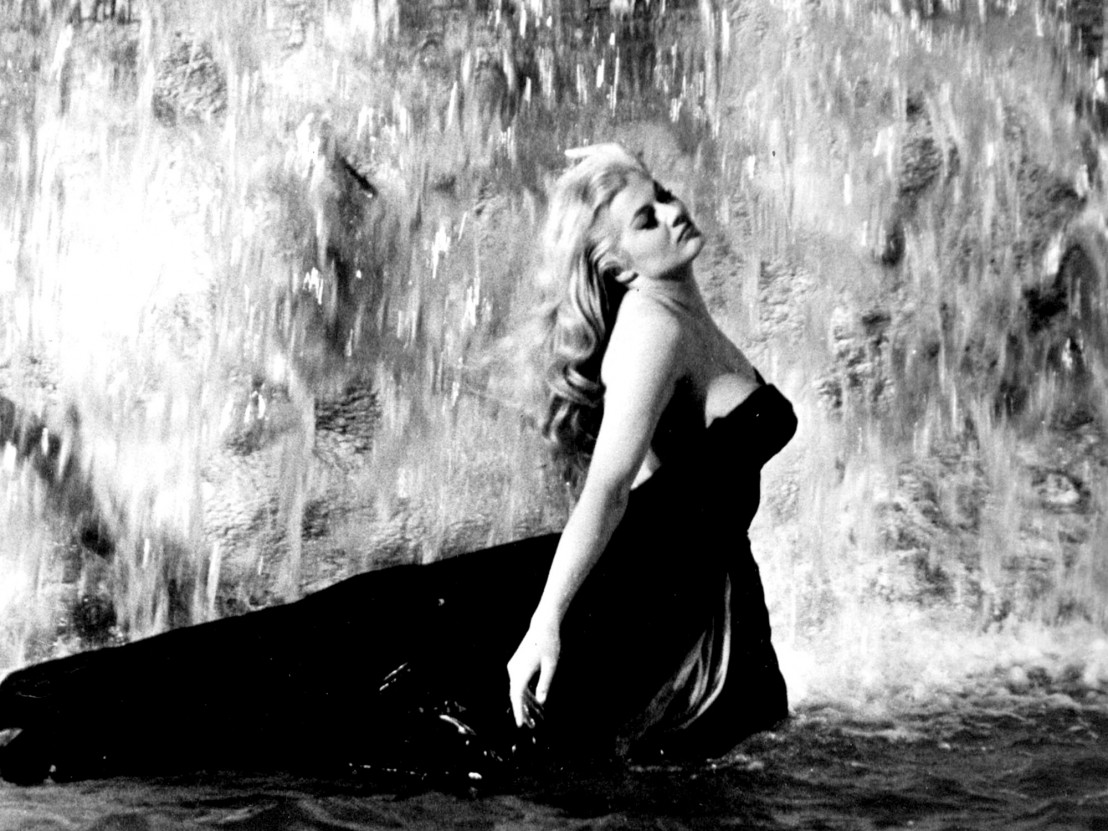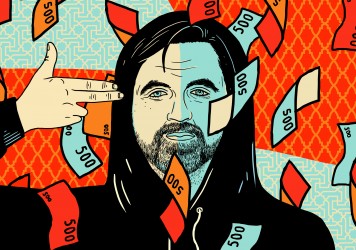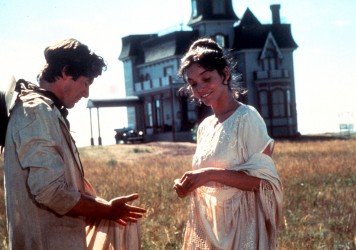
Victoria is the latest feature film to boast the impressive feat of being shot in just one continuous take. But whereas the likes of Russian Ark and Birdman have taken away some of the novelty of single-shot storytelling, what sets Sebastian Schipper’s film apart is the fact that he opted to shoot it between 4.30-7.00 am one morning, capturing in real-time the sun as it rises over the horizon.
Dawn is a special time of day to shoot film. Along with dusk it is known as the ‘magic hour’, made famous by Terrence Malick’s insistence on shooting his films whenever possible in this brief window for maximum aesthetic effect. There’s more to dawn than the warm glow of new light, though. In Federico Fellini’s 1960 classic, La Dolce Vita, much of the story unfolds during the early hours of the day, but the simple fact that the film was shot in black-and-white obscures the director’s masterful use of light and colour.
Download the Victoria issue of LWLies WeeklyThe role of dawn in La Dolce Vita is to condemn the decadent nocturnal activities of tabloid journalist Marcello in 1950s Rome. When the sun rises, it is as though a heavenly force were casting a spotlight on the sins of the film’s characters, a piercing white light that is an unwelcome sight to the bleary-eyed revellers. Nighttime in La Dolce Vita is characterised by drunken, hedonistic frivolity. Marcello spends late hours lapping up all that Rome’s ‘sweet life’ has to offer. Which routinely involves attending wild parties, sleeping around, or chasing Anita Ekberg’s Sylvia around the city.
Fellini’s inimitable style ensures that we’re as much swept up and intoxicated by the carnivalesque atmosphere as the characters are. But dawn invariably has a sobering effect: upon sleeping with one woman, Marcello returns home to find his cuckolded wife has overdosed; there’s the romantic scene with Sylvia in the Trevi Fountain which turns sour; Marcello’s father suffers a minor heart attack after a night on the town; and, most horrifyingly of all, he eventually picks his wife back up after abandoning her, only to learn that his close friend has killed his own young family and committed suicide.
In each of these scenes, dawn prompts a significant shift in mood from gay abandon to melancholy contemplation. Fellini’s camera favours stillness over movement and the soundtrack calms down as the characters reflect on their lifestyles and lack of spiritual fulfilment.
By the film’s last decadent party, Marcello has come to dread the onset of dawn. As the other guests become tired and the night winds down, he forcibly shouts at them to continue, desperate to prolong the night for as long as possible, whether by riding one of his companions like a horse or tossing pillow feathers in the air. But night cannot last forever, and eventually the partygoers stumble outside towards a nearby beach.
Fellini ends many of his films on a beach, and often infuses the space with the possibility of redemption for his characters. But when Marcello and the others reach the shore, what they find seems more like a heavenly omen of condemnation rather than absolution: a huge, dead leviathan – a biblical metaphor for Satan, staring at them with empty, godless eyes having been washed up on the shore. The night may always be darkest just before the dawn, but in La Dolce Vita the returning sun brings no relief to its forsaken characters.
Published 4 Apr 2016

The German director of Victoria reveals the craziest thing he’s ever done for love.

By Sophie Brown
Terrence Malick observes the calm and the chaos that fluctuate beneath the unpredictability of life.